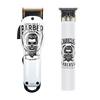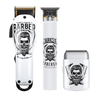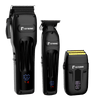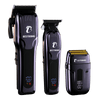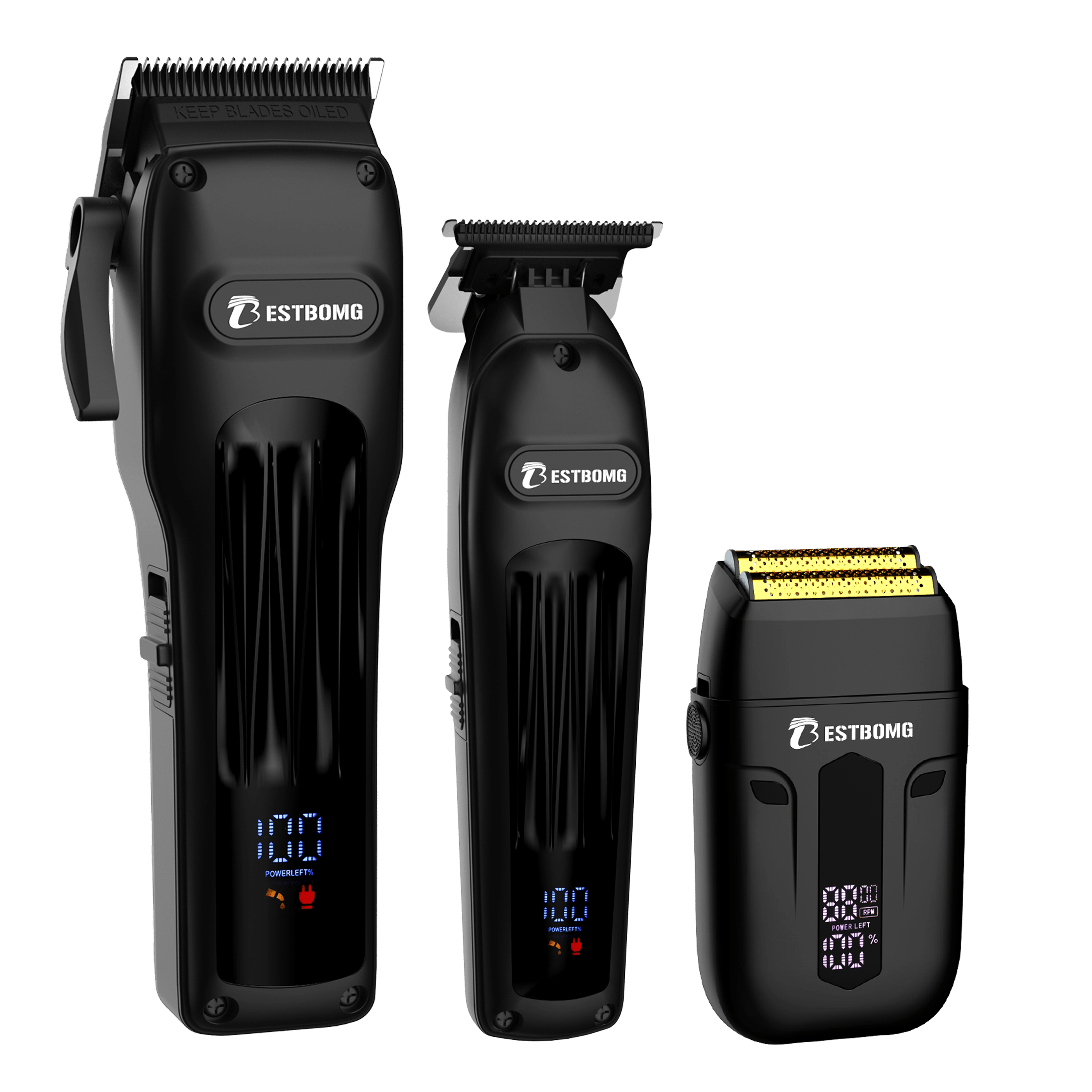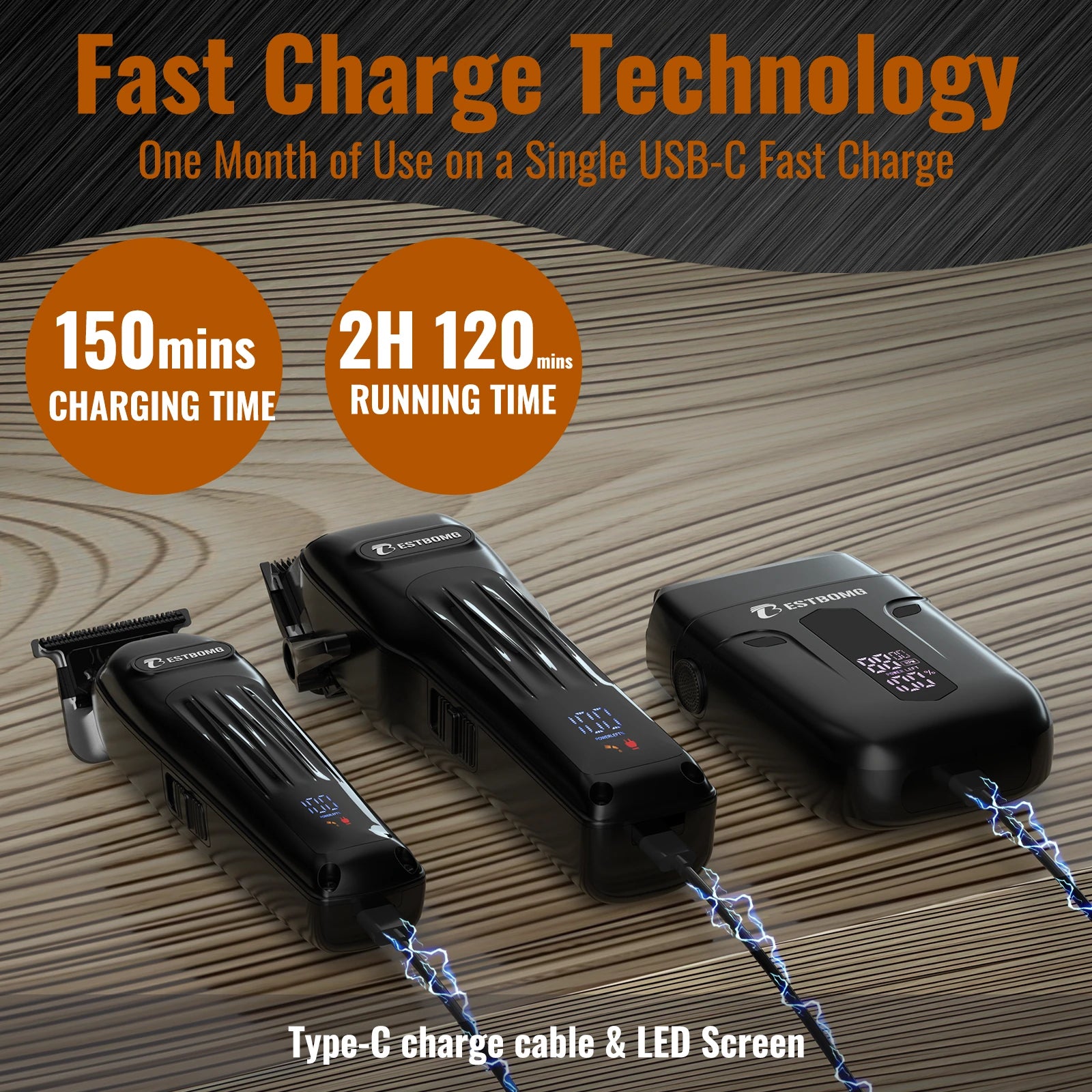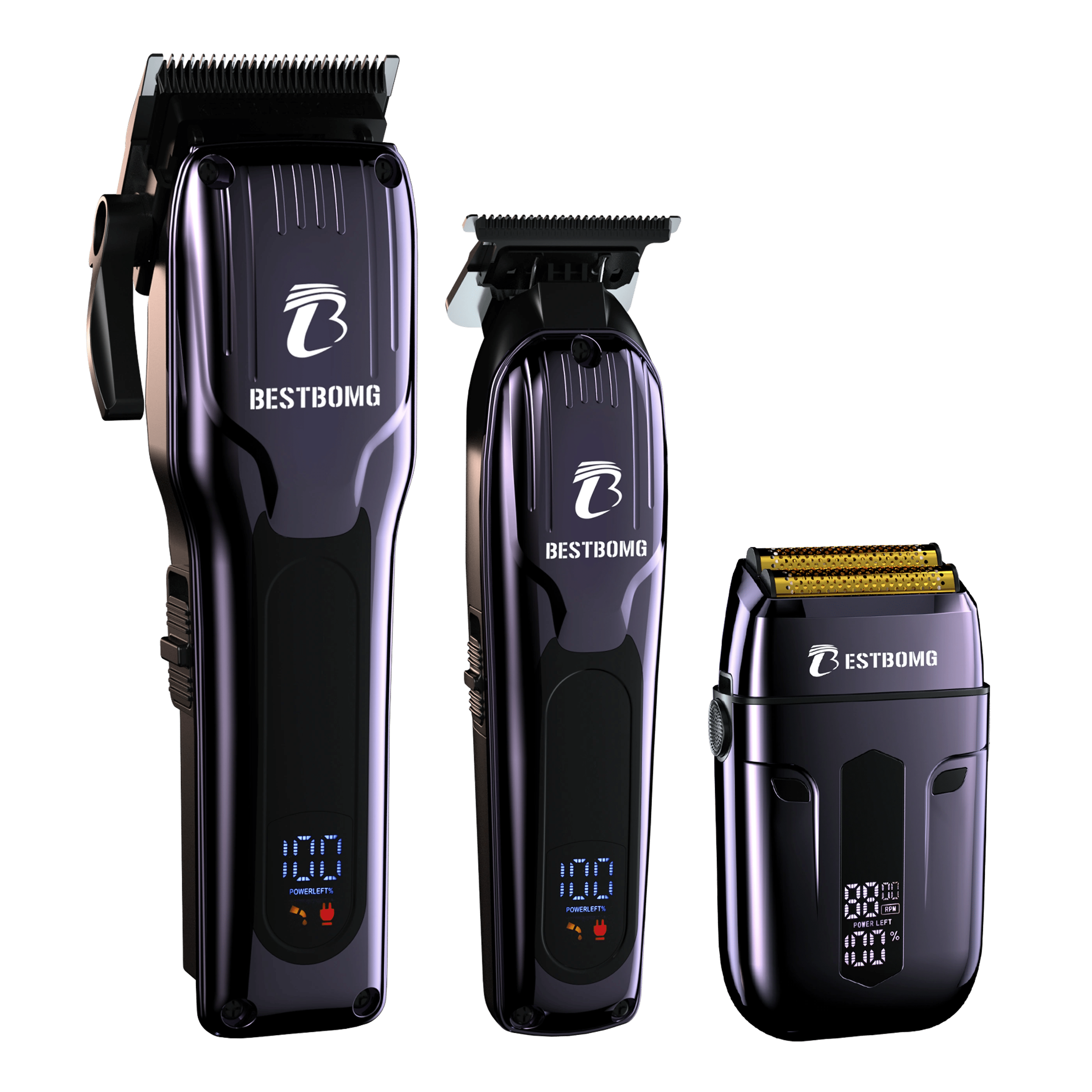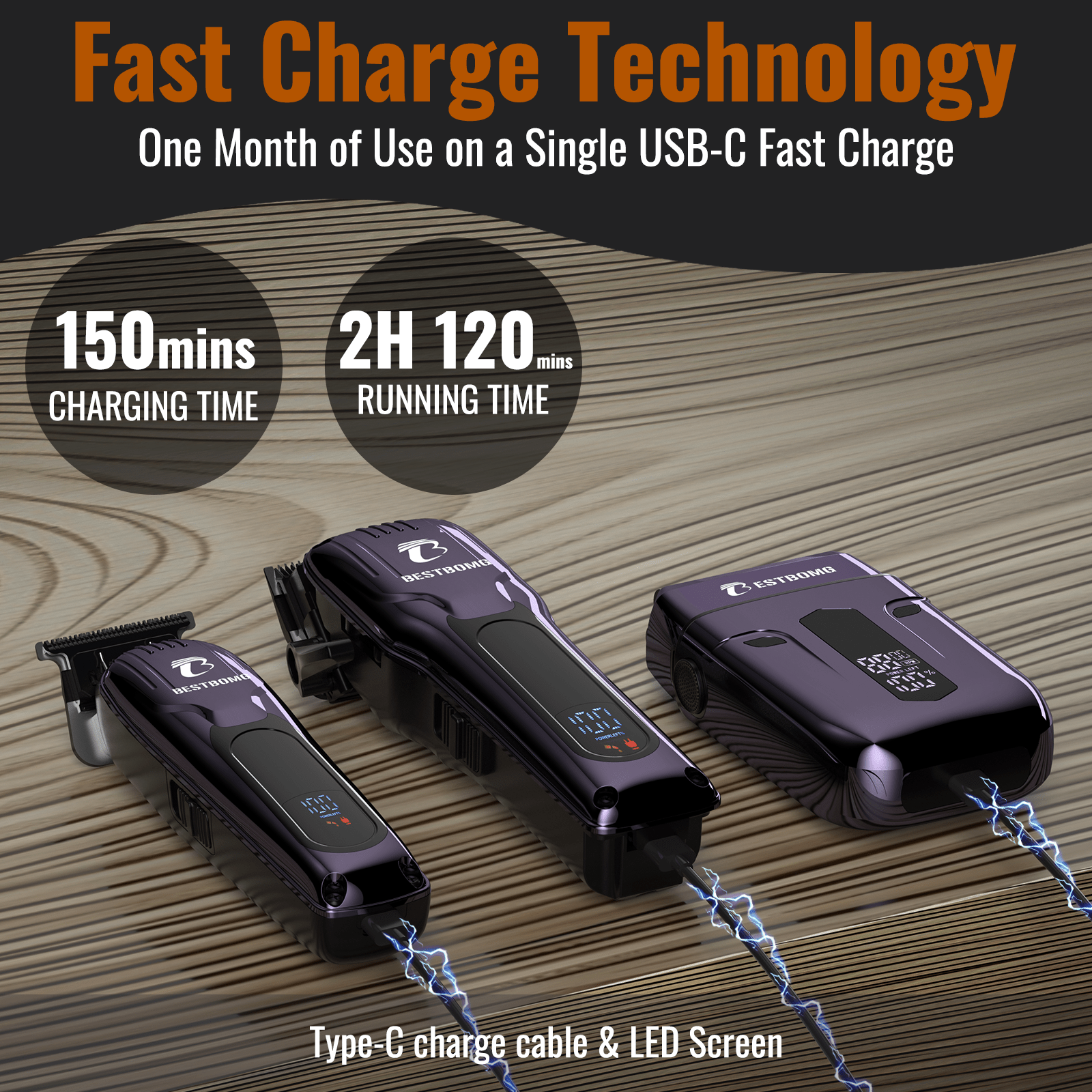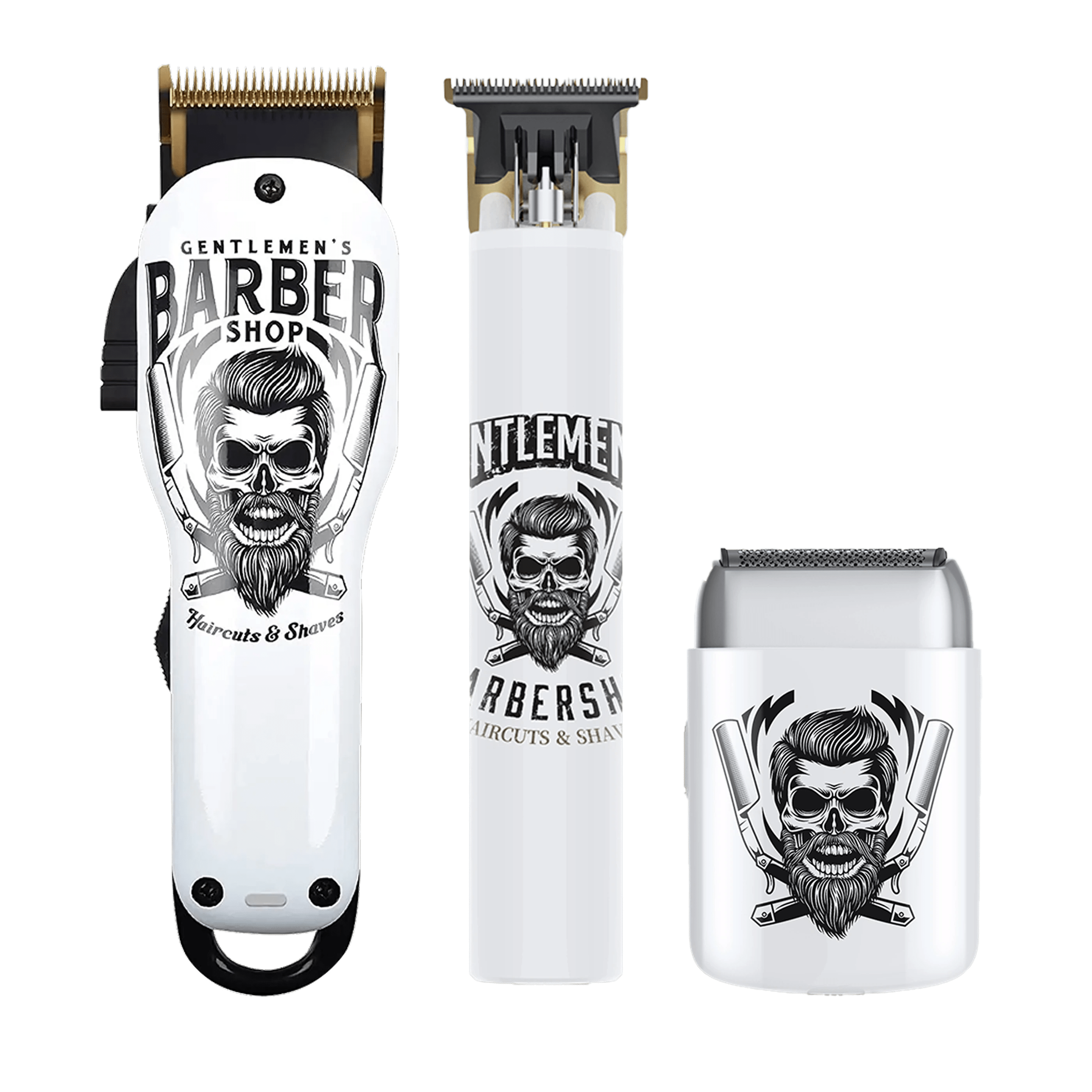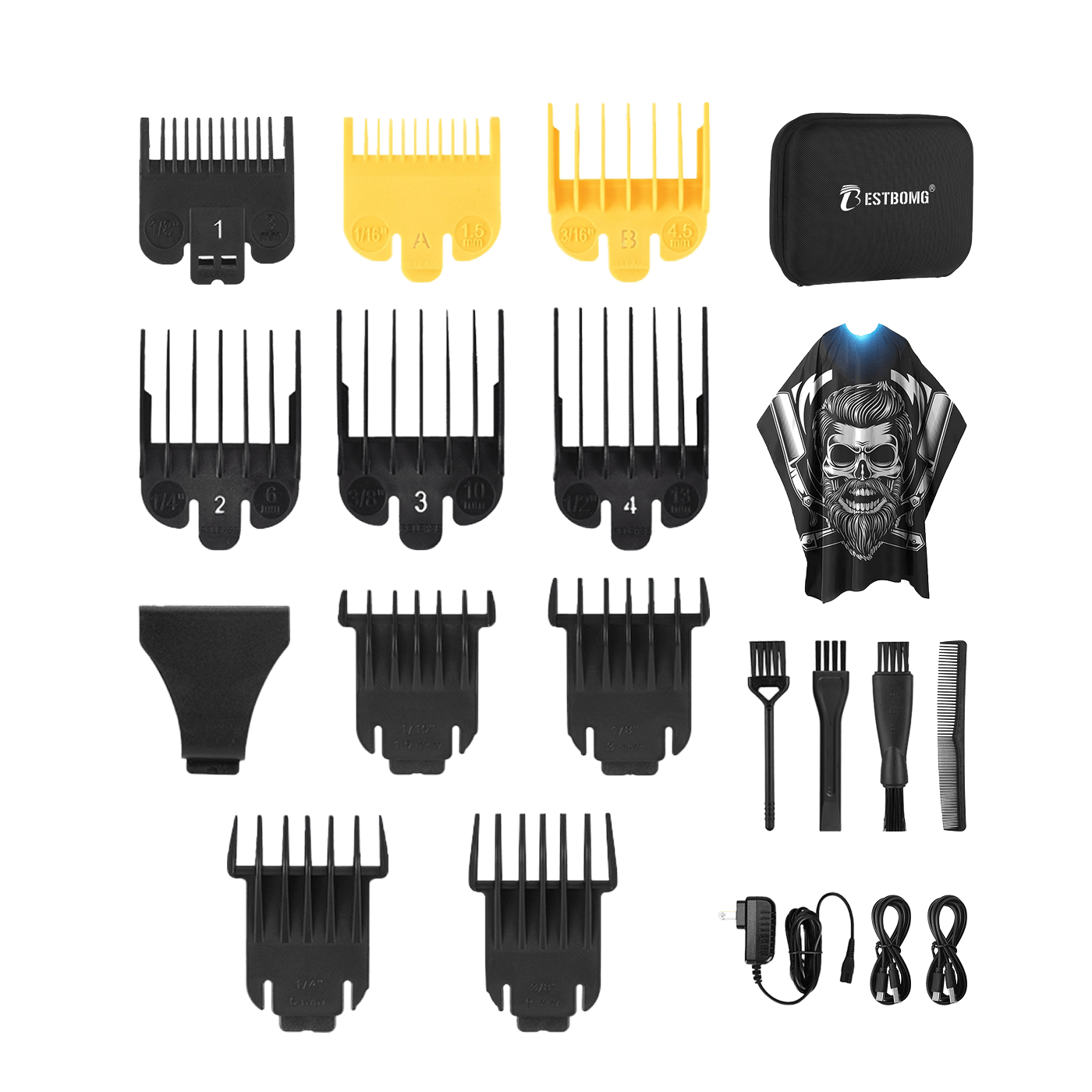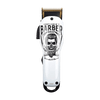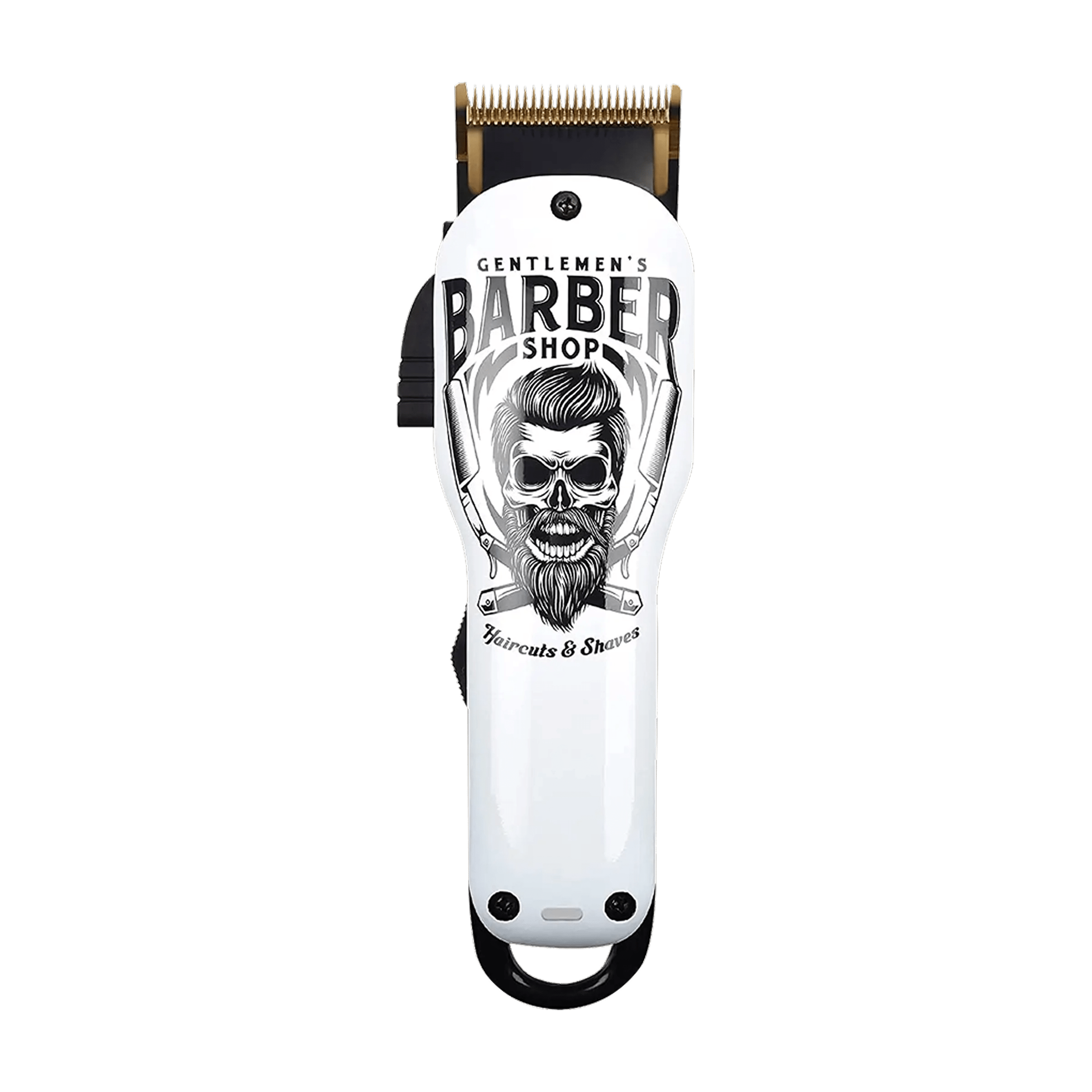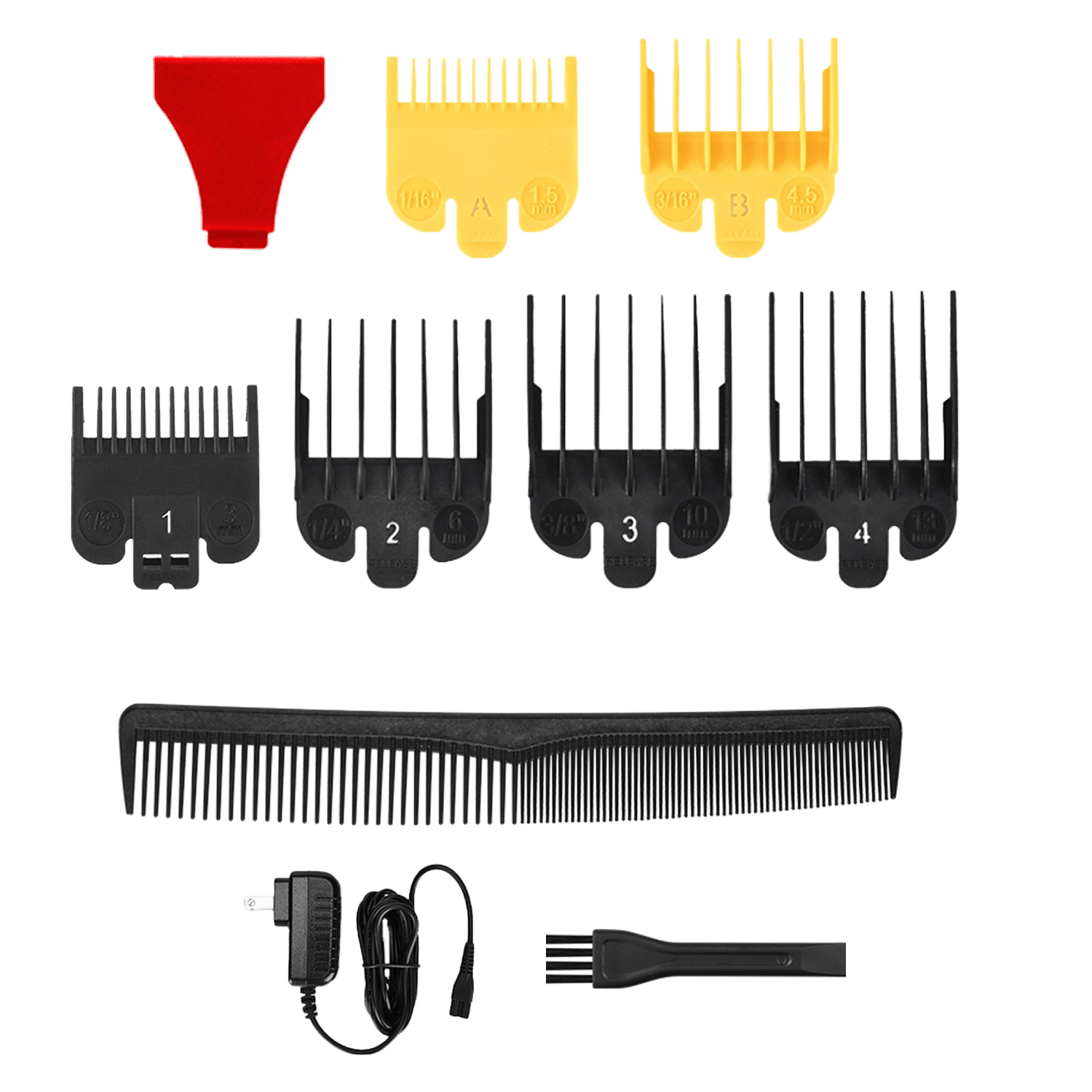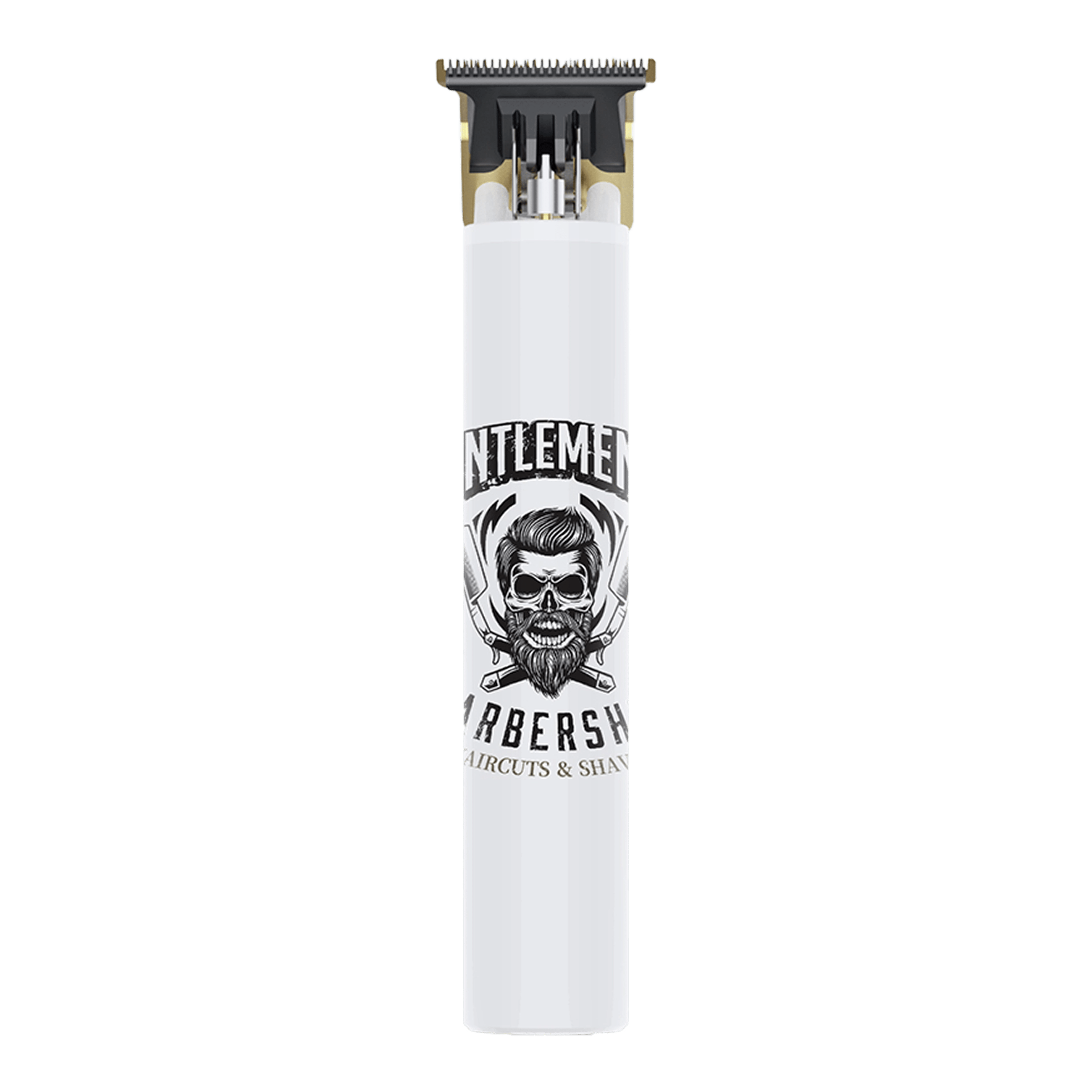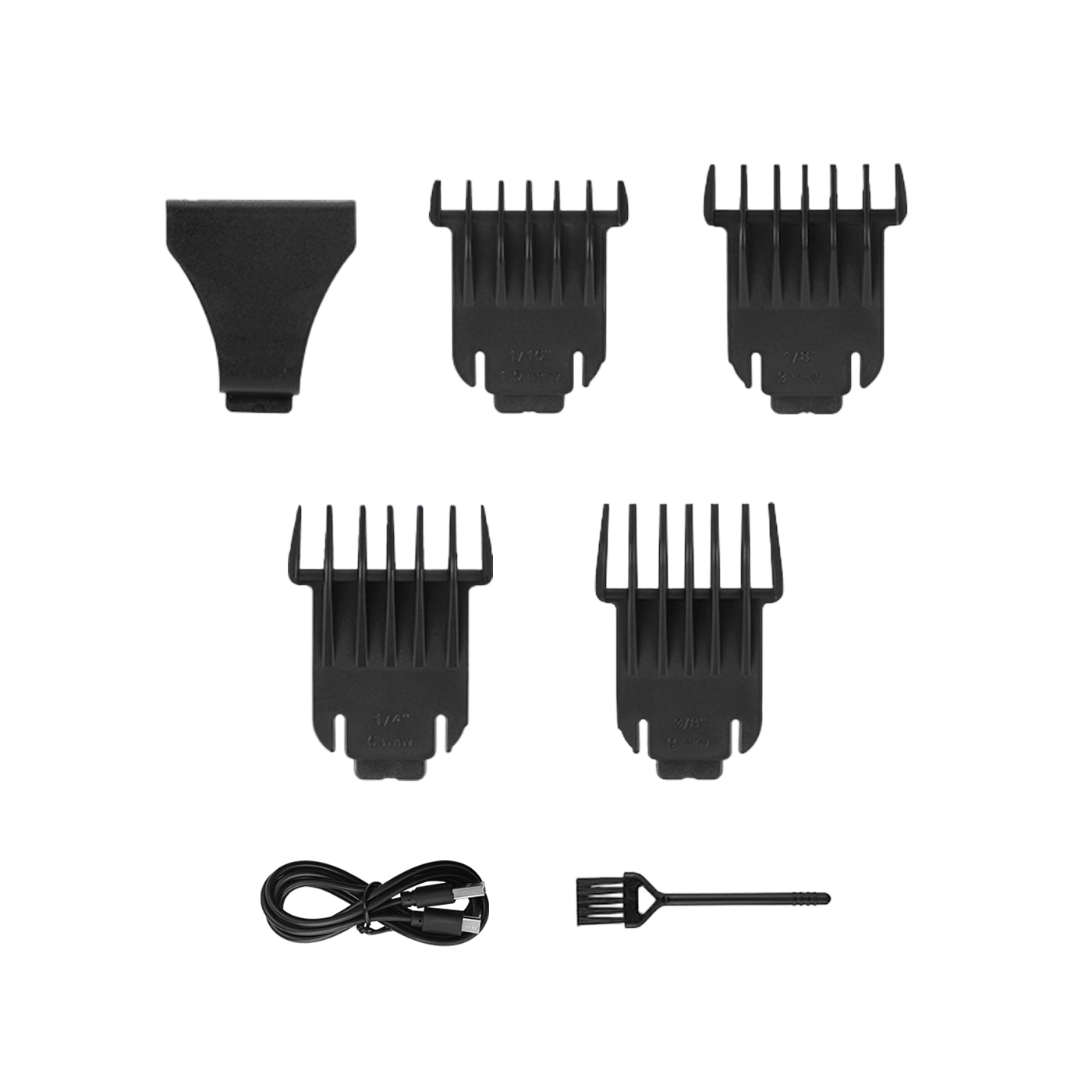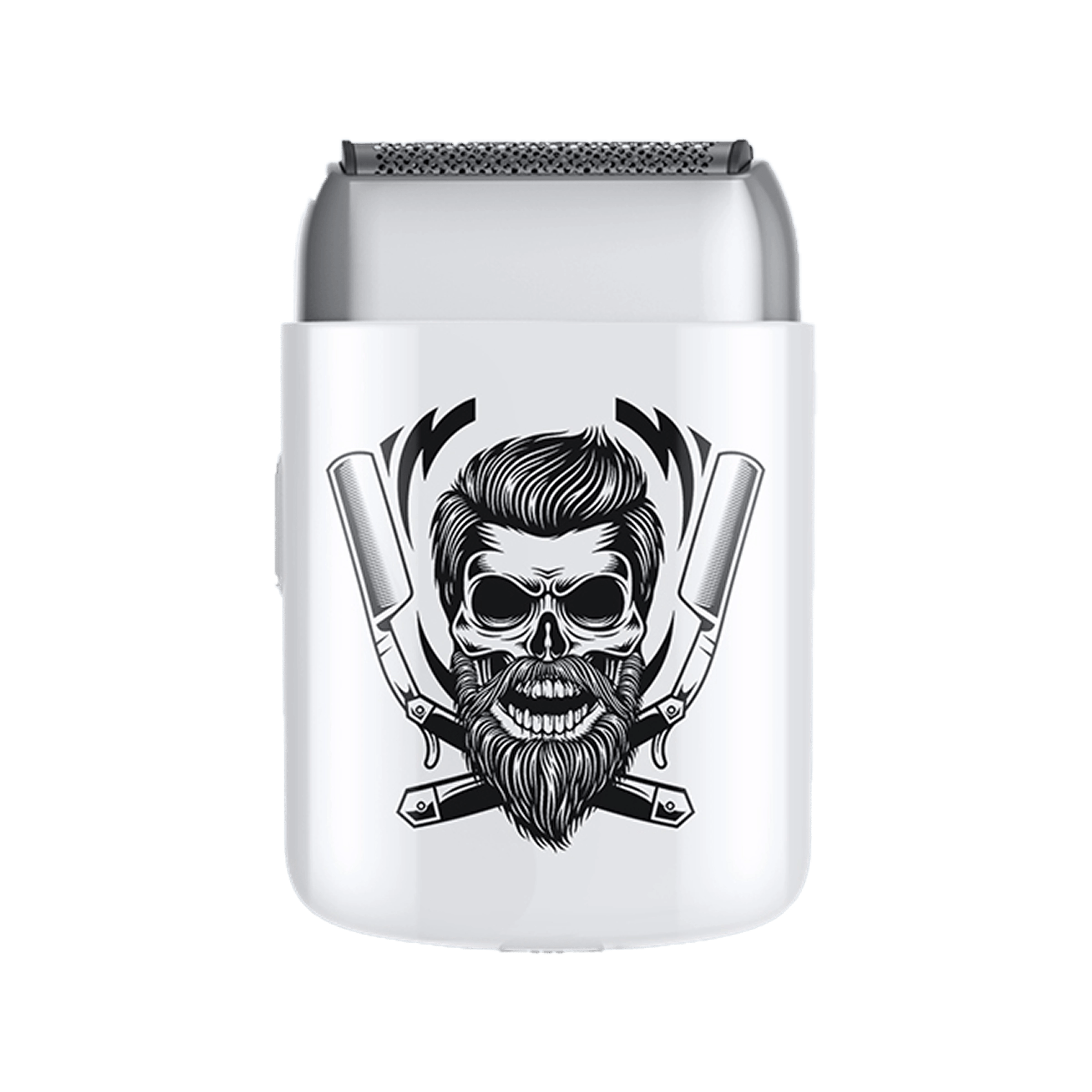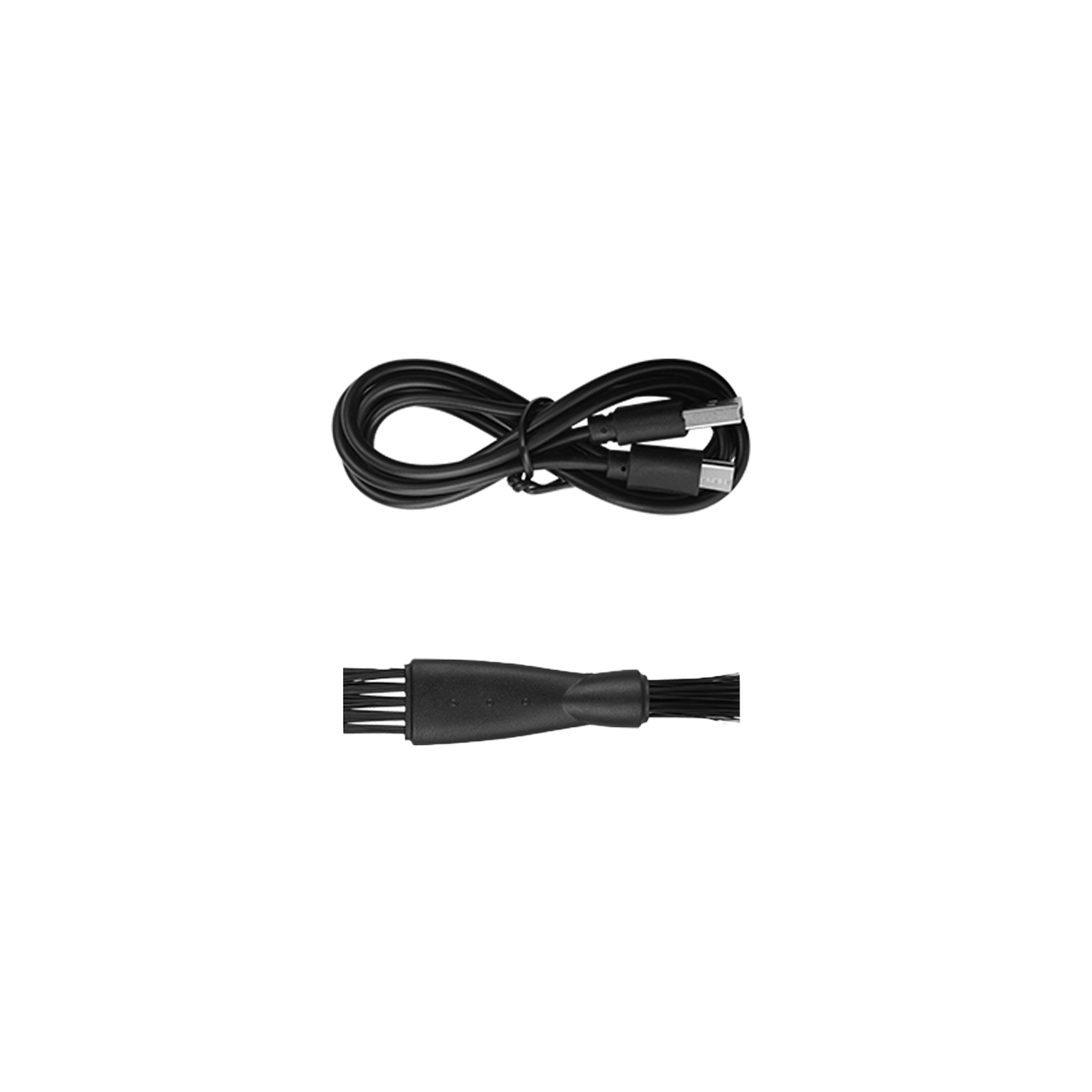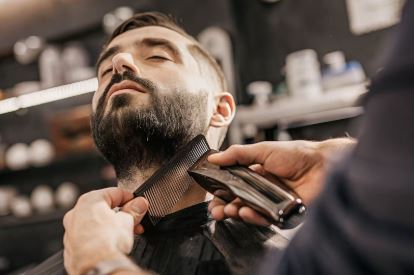Hair clippers can last anywhere from 5 to 20+ years, depending on quality, usage, and maintenance. Professional-grade clippers with proper care often last 10-15 years, while budget models may only survive 2-3 years.
The good news? Most clipper "deaths" aren't from age—they're from drops, poor maintenance, or dull blades that were never replaced. This guide breaks down exactly what affects clipper lifespan and how to maximize yours.
What Determines How Long Hair Clippers Last
Several key factors control whether your clippers die in 2 years or keep cutting for 20.
Build quality makes the biggest difference:
High-end professional clippers use superior materials—stronger motors, better housing, quality gears. Budget clippers ($20-40) use cheaper components that wear faster. Mid-range to professional clippers ($80-300) are built to run all day, every day.
Usage frequency:
- Personal use (weekly): 15-20+ years typical
- Home barber (2-3x weekly): 10-15 years
- Professional daily use: 7-10 years with excellent care
- High-volume salon: 5-7 years even with maintenance
Maintenance habits:
Cleaning and oiling after every use can double or triple lifespan. Neglecting basic care shortens life by 50-70%. We'll cover this in detail below.
Understanding the engineering behind clipper motor systems helps explain why quality matters so much for longevity. Quality professional-grade clippers built for durability feature robust motors designed for years of daily operation.

How Long Different Clipper Types Actually Last
Not all clippers are created equal. Here's what you can realistically expect.
Corded professional clippers (10-20 years):
These last longest because they have no battery to degrade. Classic models like Oster Classic 76 and Wahl Senior routinely hit 15-20 years with proper care. The motor is the only wear point.
Cordless lithium-ion clippers (5-12 years):
The battery is the weak link. Even top-tier cordless clippers need battery replacement after 3-5 years. With battery replacement, the clippers themselves can last 10-12 years. Without replacement, they become corded-only after battery death.
Budget clippers under $50 (2-5 years):
These use cheaper motors and plastics. They'll work fine for occasional home use but won't survive professional workloads. Expect 2-3 years of regular use, maybe 5 with gentle treatment.
Self-sharpening ceramic models (8-15 years):
Ceramic blades stay sharp longer and run cooler, which reduces motor stress. The motor typically outlasts the blades in these models.
The Battery Factor: Cordless Clipper Lifespan
Battery degradation is inevitable. All rechargeable batteries lose capacity over time—usually after 300-500 charge cycles.
What happens to cordless clippers:
- Years 1-2: Full performance, holds charge well
- Years 3-4: Noticeable charge time reduction (maybe 60-70% original)
- Years 5+: Significantly reduced runtime, may need mid-cut charging
- Eventually: Battery won't hold a charge; the clipper only works plugged in
Lithium-ion vs. older battery types:
Modern lithium batteries last 2-3x longer than old NiCad or NiMH batteries. If buying cordless, only get lithium-ion models. Old battery technology dies in 2-3 years.
Can you replace the battery?
Some high-end models allow battery replacement. Most don't—the battery is sealed inside. Check before buying if you want a clipper you can repair. Even with a dead battery, many cordless models still work when plugged in.
A cordless clipper kit with lithium-ion battery technology offers the best balance of portability and longevity for modern grooming needs.

Blade Life vs. Clipper Body Life
Important distinction: Blades wear out faster than the clipper itself. Most "dead" clippers just need new blades.
How long do clipper blades last:
- Home use: 2-3 years before noticeable dulling
- Professional use: 6-12 months with daily cutting
- Thick/coarse hair: 30-50% faster wear
- With proper maintenance: Can extend by 50%+
Signs your blades are done:
- Pulling or snagging hair instead of cutting
- Multiple passes needed for even results
- Increased heat during cutting
- Visible chips, nicks, or rust on edges
Blade replacement vs. sharpening:
You can sharpen blades 3-5 times before they need replacement. Professional sharpening costs $15-30. New blades cost $20-50, depending on the model. Many users just replace them.
Pro tip: Buy a spare blade set. Swap to fresh blades while sharpening the dull ones. You'll never be without working clippers.
Maintenance That Actually Extends Clipper Life
These simple habits can double your clipper's lifespan. Most people skip them and wonder why their clippers die young.
After every single use:
- Turn off and unplug clippers
- Remove guard attachments
- Brush out all hair with the included brush
- Apply 3 drops of clipper oil (1 each end, 1 middle)
- Run clipper briefly to distribute oil
- Wipe off excess oil
- Store in a dry place
Weekly (for regular users):
- Remove blades completely
- Deep clean with blade wash or isopropyl alcohol
- Check blade alignment and tighten screws
- Inspect cord for damage
- Check for unusual sounds or vibrations
Monthly:
- Check all moving parts for excessive wear
- Test on hair to catch performance issues early
- Replace blades if pulling starts
What proper maintenance prevents:
- Rust and corrosion (kills blades fast)
- Motor strain from friction (shortens motor life)
- Heat damage (warps plastic parts)
- Sudden failure (catch issues early)
Learning comprehensive clipper care and maintenance methods ensures your investment lasts as long as possible.
What Actually Kills Hair Clippers
Drops are the #1 killer. Even a 3-foot drop onto tile can ruin clippers.
What happens when you drop clippers:
The impact misaligns internal components—specifically the blade assembly and motor mount. Even if they still turn on, the cutting performance is permanently affected. Some professional models have "break-resistant housing," but don't test it.
Other common causes of death:
- Water damage: Even "waterproof" models can fail if water enters the motor
- Running without oil: Creates friction heat that destroys the motor
- Cutting dirty/wet hair: Accelerates blade wear and clogs mechanisms
- Leaving battery dead for months: Permanently damages battery cells
- Using damaged cords: Fire hazard and motor damage risk
The good news: If you avoid drops and maintain properly, clippers rarely just "die." They gradually lose performance, giving you warning to replace blades or plan for replacement.
Signs It's Time to Replace Your Clippers
Sometimes, repair or blade replacement isn't worth it. Here's when to buy new.
Replace the entire clipper when:
- Motor sounds weak even with fresh blades and full charge/power
- Plastic housing is cracked from drops or age
- Blade mounting system is damaged and the blades won't stay aligned
- Cost of professional repair exceeds 60% of the replacement cost
- Clipper is 10+ years old and showing multiple issues
Replace just the blades when:
- Pulling hair despite proper oiling
- Visible damage to cutting edges
- Uneven cutting requiring multiple passes
- Heat buildup during normal use
Replace just the battery when:
- Runtime is under 30 minutes on full charge
- Clipper is high-end and worth the repair cost
- Battery replacement is available for your model
Quality tools from Bestbomg's complete line of professional grooming equipment offer better repairability and longer service life than budget alternatives.
Cordless vs. Corded: Which Lasts Longer?
Corded clippers have the longevity advantage. No battery = one less failure point.
Corded clipper benefits:
- Consistent power throughout the entire cut
- No performance degradation over time
- Can last 15-20+ years easily
- Lower long-term cost
Corded clipper drawbacks:
- Less convenient for mobile cutting
- Cord can get damaged over time
- Limited range of motion
Cordless clipper benefits:
- Maximum flexibility and portability
- Great for travel or booth rental
- No cord to accidentally cut
Cordless clipper drawbacks:
- Battery lifespan limits overall tool life
- Performance drops as battery drains
- More expensive initially
- Eventually becomes corded-only anyway
Which should you buy?
If you cut at home in one spot: Corded lasts longer and costs less long-term. If you need portability or cut in multiple locations: Cordless is worth the convenience despite shorter overall life.
Real-World Lifespan Examples
What actual users report:
Reddit user reports 20+ year old Laube cordless still working strong with proper care. Another user mentions Wahl clippers lasting 12-15 years with weekly home use.
Professional barber experiences:
Barbers typically replace clippers every 5-10 years. Those who oil after every client and clean daily get 8-10 years. Those who slack on maintenance see 3-5 years.
Budget clipper reality:
$25 Amazon clippers: Most reports show 2-3 years for weekly home use. Some fail within months, others surprisingly hit 5 years. Quality control varies wildly.
The maintenance difference:
One user reports never oiling or deep cleaning—the clippers died in 3 years. Another user with an identical model but religious maintenance hit 8 years before replacement.
Drop damage reports:
Multiple users confirm that dropping clippers even once often ends their effective life, even if they still turn on.
Frequently Asked Questions
How long do hair clippers last with regular use?
10-15 years for quality clippers with proper maintenance and weekly use. Professional clippers used daily typically last 7-10 years. Budget models may only survive 2-5 years. The key factor is maintenance—clippers that are cleaned and oiled after every use last 2-3x longer than neglected ones.
Do cordless clippers last as long as corded?
No, cordless clippers have shorter lifespans due to battery degradation. Corded clippers can last 15-20+ years. Cordless models typically last 5-12 years before the battery fails, though the clipper itself may still work when plugged in. Replacing the battery (if possible) extends cordless clipper life significantly.
What makes hair clippers stop working?
Dropping them is the #1 killer. Other common causes: dull blades mistaken for motor failure, lack of oil causing motor burnout, water damage in "waterproof" models, dead batteries in cordless units, and cutting dirty hair that clogs mechanisms. Most clipper "deaths" are actually preventable with proper care.
Can you replace clipper blades instead of buying new clippers?
Yes, and you should. Blades wear out much faster than the clipper body. Replacement blades cost $20-50 and can make old clippers cut like new. Before buying new clippers, try replacing the blades first—you'll save $100+ and likely solve the problem. Most clippers use standard blade systems that are easy to swap.
How do you make hair clippers last longer?
Three critical habits:
- Oil after every use with 3 drops of clipper oil,
- Brush out hair immediately after cutting,
- Never drop them
Additional tips: Store in a dry place, cut only clean, dry hair, replace blades when they dull, deep clean monthly, and avoid leaving cordless models uncharged for long periods.
When should I replace my hair clippers?
Replace when the motor fails or housing cracks—not when blades dull. Signs it's truly time: weak motor even with fresh blades, unusual grinding sounds, broken plastic housing, or repair costs exceeding 60% of replacement. If only blades are the issue, replace those instead. Most "dead" clippers just need $30 in new blades.
According to grooming experts who explain choosing professional vs. consumer grooming tools, understanding your specific usage patterns helps determine which type offers better value.
Read more
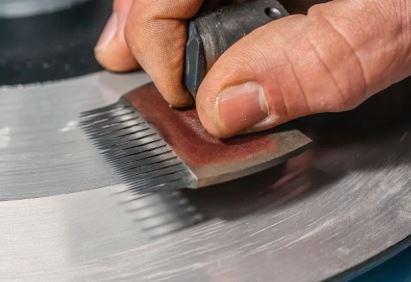
Can You Sharpen Hair Clippers? Simple DIY Guide
Yes, you can sharpen hair clippers at home with basic tools. You don't need expensive equipment—just sandpaper, a flat surface, and about 15 minutes. Sharp blades cut cleanly without pulling. Dull ...
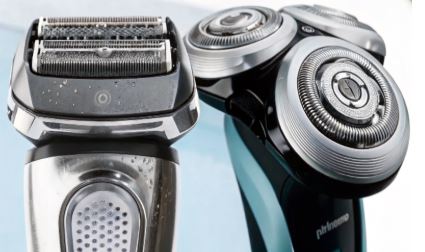
Foil Shavers: What They Are and How They Work
A foil shaver is an electric razor that uses oscillating blades hidden beneath a thin, perforated metal foil to cut hair close to the skin. The foil's tiny holes capture hair and guide it to the bl...
